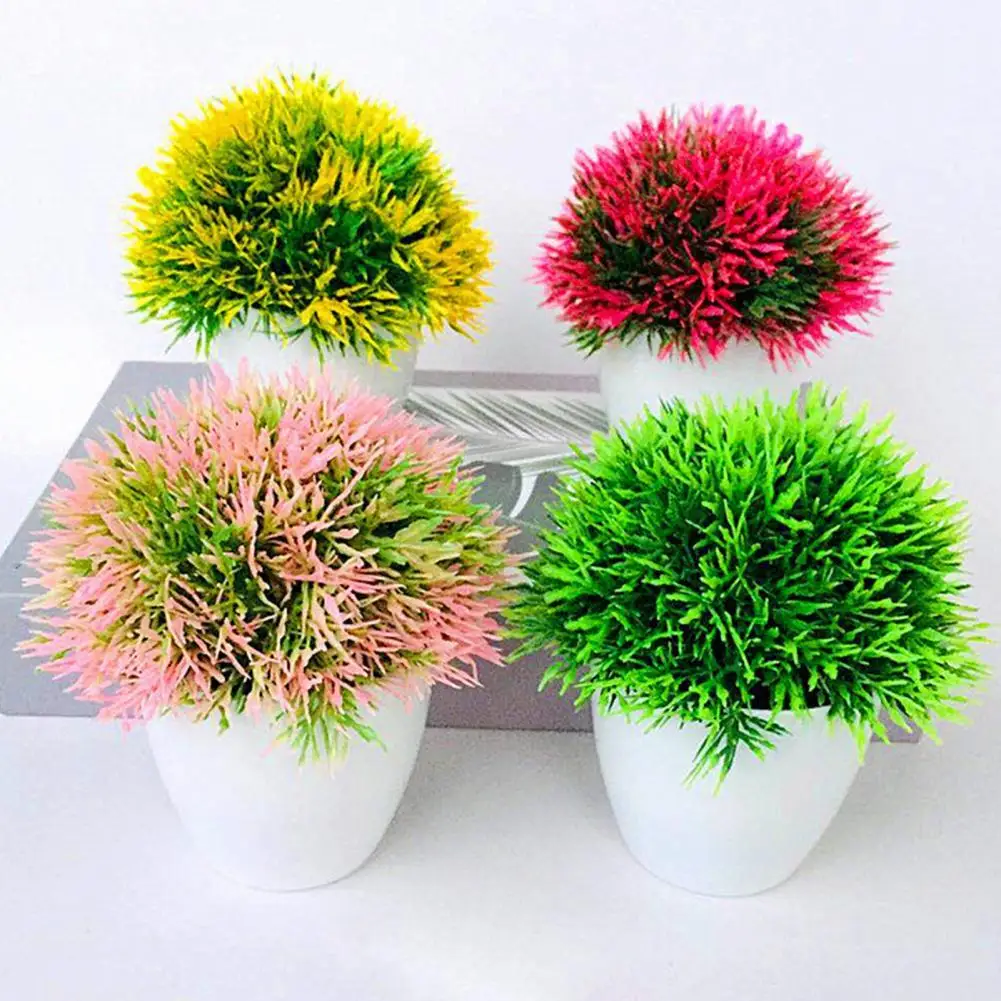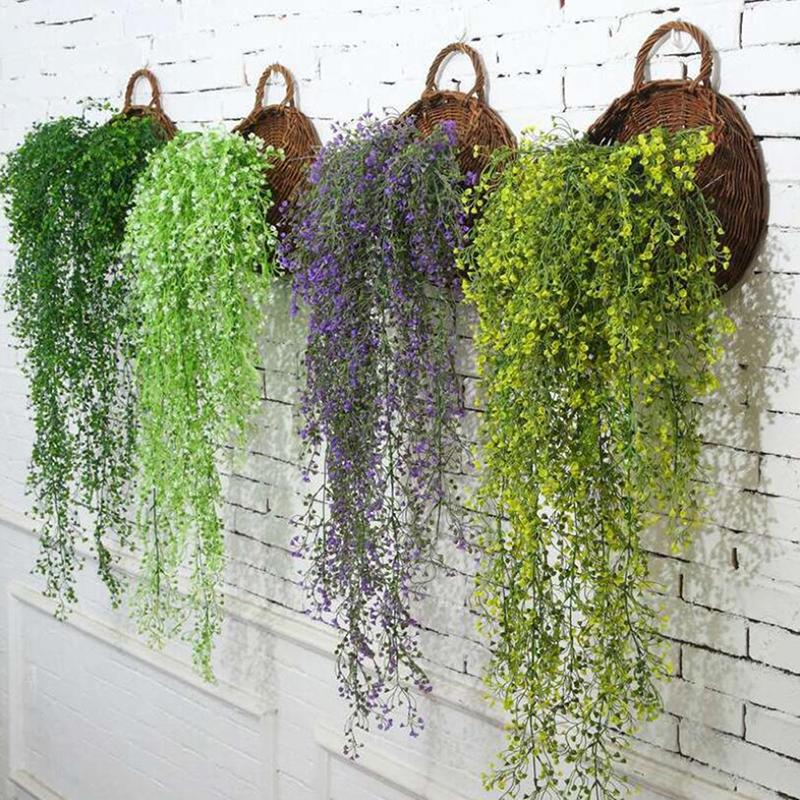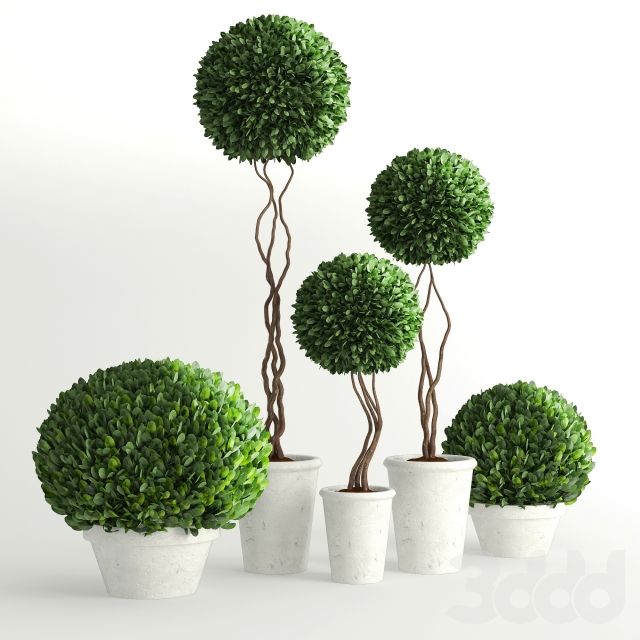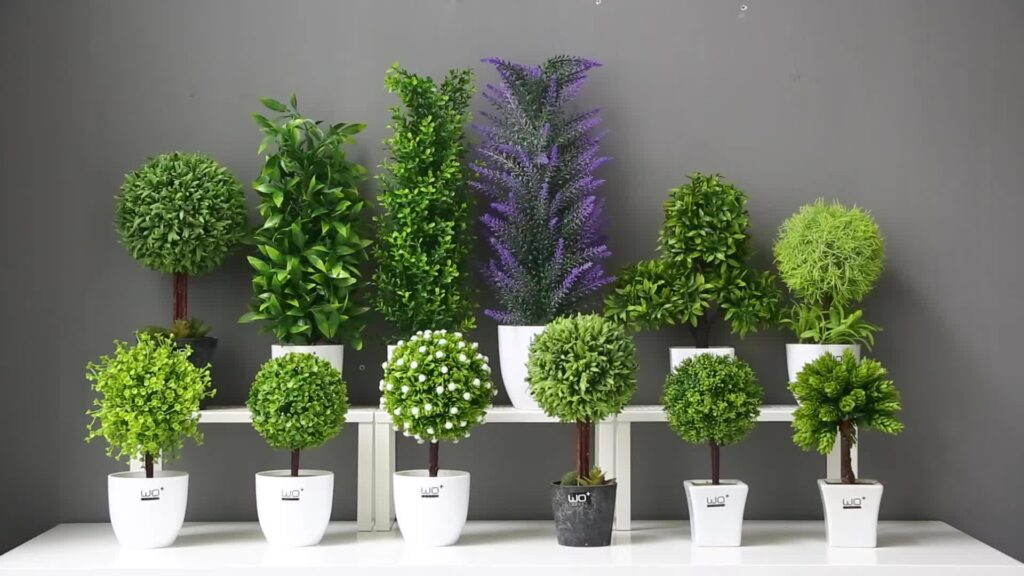More and more, artificial plants are being used in homes, offices, and other commercial places because they offer the allure of living plants but with fewer maintenance requirements and a lot of flexibility for use. Unlike the former, it doesn’t need water, sunlight, and special care while ensuring the same refreshing, livelier look of nature. Read through everything about artificial plants, from types and benefits to styling tips, as well as frequently asked questions below.

1. What Are Artificial Plants?
These are also called faux plants or silk plants. They are just an imitation of the real plants, but they are made of plastic, silk, or polyester. These plants look like they are fake, but they are designed to be extremely realistic, with colours, texture, and form of real live plants. This is bound to change as over the years the manufacturing advancement and technology will allow them to come in all styles-from tiny succulents to large trees.
2. Types of Artificial Plants
There are many types of artificial plants beginning from small potted plants to fully-sized artificial trees. Depending on the space and décor available, here are some common categories:
a. Artificial Flowers
Artificial flowers are the most popular form of artificial plants that add colour and vibrancy in any space. They also come in several species; namely, roses, lilies, and tulips. Artificial flowers come in different forms: bouquets, single stems, or arranged in vases.
b. Artificial Succulents
Artificial succulents are small, fashionable and easily placed at any location, such as desks, shelves, or windowsill. They look exactly like the real succulents but do not need water nor sunlight as making it the best option for areas with dim light.
c. Artificial Trees
Artificial trees make fabulous statements in larger rooms-from full-sized, lush palms and fiddle-leaf figs to bonsai, even luscious bonsai. Place them in living rooms, hallways, or offices. Add height and greener.
d. Artificial Hanging Plants
Hanging plants with ivy or fern, for example. Drape them from shelves, ceilings, or from wall brackets, and the room is bathed in a lush, cascading effect of greenery, no soil, no care.
e. Artificial Outdoor Plants
There are artificial outdoor plants that are weather-resistant and can be used to look like boxwoods, topiaries, or ferns. They can be installed outside and are hardy enough to be used at any time of the year.

3. Benefits of Artificial Plants
Here are some of the benefits why artificial plants are becoming a popular choice mainly for those that love greenery but have very less time for caring for plants. These are:
a. Low Maintenance
Unlike living plants, artificial plants will not need to be watered, fertilised, pruned, or repotted. Features like these make them very ideal for people with busy lives or travel frequently.
b. Long Lasting
Artificial plants are built to last for years. They will not wilt or dry up. Neither do they change appearance over time. This means a consistent, fresh look all year round with no seasonal changes.
c. Allergy-Free
To those sensitive to plant allergies, artificial plants can be safe. They neither produce pollen nor release allergens, and therefore, can perfectly suit living rooms and offices.
d. Flexibility in Location
You don’t have any limitation in lights, temperature, and moisture with artificial plants. You can place them in any room or section to help brighten a house, a part of the building, or even to highlight an office-worth of space that lacks proper sunlight, such as the bathrooms, basements, or windowless offices.
e. Cost-Efficient
It’s quite evident that though the initial investment in the case of artificial plants is costlier than some of the real plants, the long-term benefits are huge, as they do not require any recurring care like water, soil, fertilisers, or gardening tools.
Table: Comparison of Real vs. Artificial Plants
| Feature | Real Plants | Artificial Plants |
|---|---|---|
| Maintenance | High (requires watering, sunlight) | Low (no watering, trimming needed) |
| Lifespan | Limited by care and environment | Long-lasting (can last for years) |
| Allergies | May cause allergies | Allergy-free |
| Cost | Ongoing cost (soil, fertilizer, care) | One-time cost |
| Aesthetic | Natural growth and changes | Consistent and evergreen appearanc |

4. Tips for Selecting the Perfect Artificial Plant for Your Room
Choosing the perfect artificial plant involves considering the space, décor style, and impact of the visual aspect from the plant. This is how you can go about making an excellent choice:
a. Space and Size
Measure the space where you are going to put the plant. In small spaces such as shelves and desks, artificial succulents or small potted plants are ideal. In bigger halls or rooms, tall artificial trees or larger plants on the floor could be added for greater effect.
b. Color and Material
Always look for superior-quality materials that would best simulate the texture and feel of real plants-made of silk, plastic, or polyester. Be wary of the colour and finish; they should not be over-glossy or synthetic-looking.
c. Accent Décor
Choose artificial plants that fit with the existing design. Contemporary designs often work well utilising a more sleek and minimalist-looking plant such as a fiddle-leaf fig or cactus. In bohemian or more rustic settings, utilise artificial ferns or ivy.
d. Cleaning Tip
Artificial plants don’t require much maintenance, but sometimes they should be cleaned. Dust does accumulate, so dust leaves or even utilise a vacuum cleaner equipped with a brush attachment.

5. Styling Tips for Artificial Plants
Artificial plants have a significant feature. They add beauty to any room if styled appropriately. Here are some styling tips that could help incorporate them appropriately:
a. Grouping Plants
Combine several artificial plants in different heights and textures to create a mini indoor garden. It gives space depth and also varied textures.
b. Use Stylish Planters
The planter that you will opt for determines the overall look of it. Sleek metallic or ceramic pots are great for a chic and modern look, while wicker baskets or wooden planters can complement the rustic feel of a space.
C. Layering with Other Décor
Combine artificial plants with other natural elements in a space, like wooden furniture, stone accents, or woven textiles, to enhance the organic feel.
d. Mixing Real and Artificial Plants
Mix artificial and real plants to combine the look. This way, you can exploit the best of both worlds-low maintenance, fresh, living greenery.
FAQs
1. Are artificial plants expensive?
Artificial plants vary in their price according to their size and material. It’s a bit costly initially; however, cost benefits are achieved over time because it doesn’t require any kind of maintenance.
2. Can artificial plants be used outdoors?
Yes, and many can even survive outside. All you have to do is choose those that are resistant to UV so that the fading caused by the rays of the sun will be avoided.
3. Are artificial plants looking fake?
Artificial plants today are made to be as natural as possible, especially the high-quality ones. Many faux plants cannot easily be told apart from live plants due to improvements in materials.
4. How do I clean my artificial plants?
Cleaning artificial plants is easy. You can dust them with a damp cloth or use a vacuum cleaner with a brush to clean it of dust.
5. Will artificial plants help to purify my indoor air?
Unlike live plants, artificial plants do not purify your air. Artificial plants also are useful for giving a place a calming feel as well as aesthetically pleasing space.
